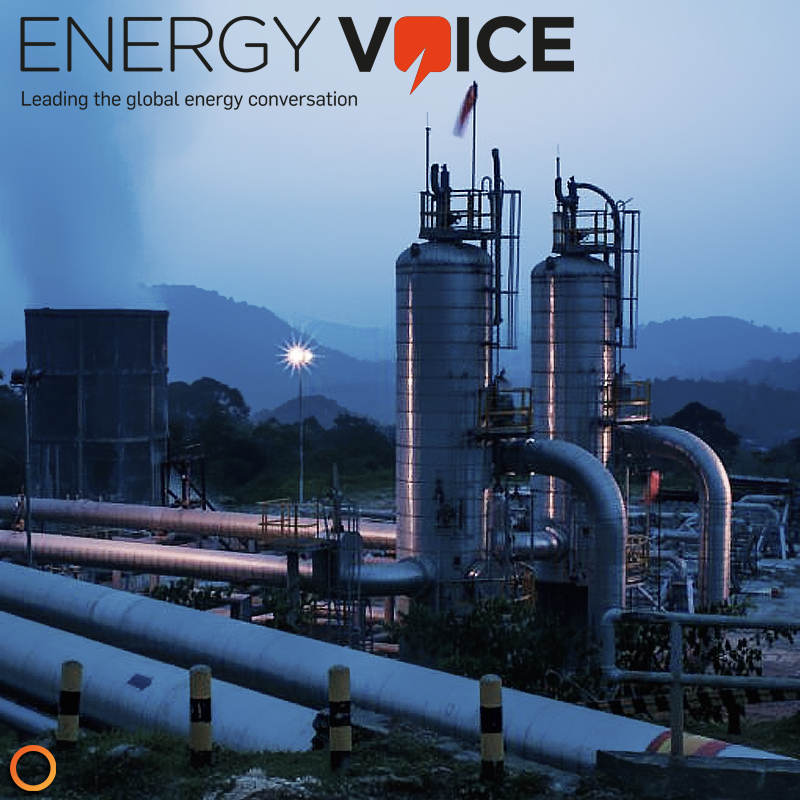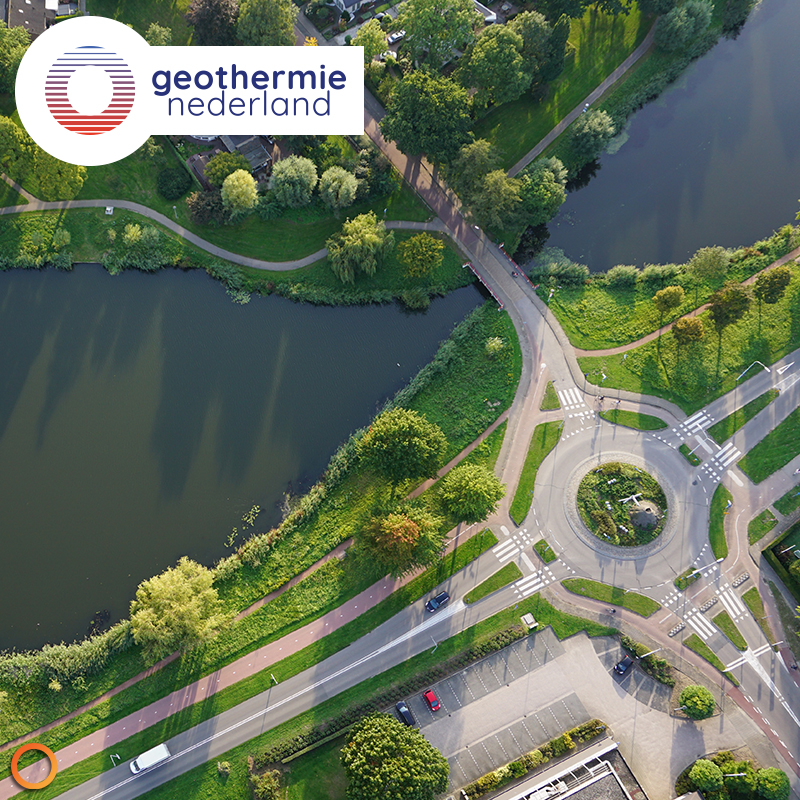An article written by the Federation of American Scientists delves into how the United States has vast potential to utilize next-generation geothermal technologies, and proposes how to navigate challenges that are limiting the financial feasibility of geothermal.
According to the article, the U.S. power grid is undergoing a transformative shift towards cleaner energy, mostly by increasing the integration of wind and solar. However, to achieve full-scale decarbonization, it’s necessary to implement geothermal energy into the new energy ecosystem.
This is a role that Eavor’s closed-loop system can fulfill. Unlike traditional geothermal, Eavor extracts energy via conduction from hot rock several kilometers into the subsurface, which eliminates the dependency on locating hot aquifers. This type of technology utilizes oil and gas drilling expertise, which potentially not only lowers upfront capital costs, but it also promises a faster learning curve.
Despite this, funding remains a barrier to achieving greater development of next-generation geothermal projects in the U.S. Debt financing is preferred for large-scale commercial projects, but accessing these funds can be challenging due to technology risk associated with first-of-its-kind projects. This is a risk that many private lenders and government lenders are unwilling to take unless the project can prove they are at a Technology Readiness Level (TRL) of 9.
Beyond financial barriers, securing suitable land and permits for geothermal projects remains a crucial aspect, particularly in the western states. The Bureau of Land Management (BLM) manages these lands, but handles land leases differently between states like California and Nevada. Unlike Nevada that has regular land lease sales every year, California has not had a lease sale since 2016, which adds to the complexity of accessing subsurface resources.
As the U.S. federal government increases its understanding of geothermal’s benefits, initiatives from the Geothermal Technologies Office (GTO) aim to reduce geothermal costs by 2035. However, while these efforts mark a positive start, the article stresses that significantly more funding from Congress is imperative. Diversifying investments to include advanced geothermal systems (AGS) alongside Enhanced Geothermal Systems (EGS) is a vital step.
Last year, Eavor became a recipient of the Defense Innovation Unit funding, establishing a contract with the U.S. Air Force to explore the feasibility of having an Eavor-Loop™ provide the Joint Base San Antonio facility with clean and reliable power. This is an example of a proactive approach to leveraging Other Transactions Authority (OT), which is a non-typical way of accessing government grants, according to the article. Additionally, this unique authority gives the Department of Energy (DOE) greater flexibility to support startup technologies in cleantech.
One suggested solution to the high cost of drilling could be the implementation of milestone-based cost-share programs. The Geothermal Loan Guarantee Program has given precedent to this when Congress incentivized “investment security to the public and private sectors to exploit geothermal resources.” Moreover, a risk insurance program, modeled after successful initiatives in France and the Netherlands, could provide a safety net for underproduction risks.
As the U.S. creates opportunities for more investments in geothermal, the nation can position itself as a leader in next-generation geothermal technology. The article argues that Congress holds the key to unlocking the industry’s full potential by ensuring ample funding. With strategic investments and a forward-looking approach, the U.S. can pave the way for nationwide geothermal adoption, offering a reliable, 24/7 clean energy source and fortifying the nation’s transition to a fully decarbonized power grid.



















